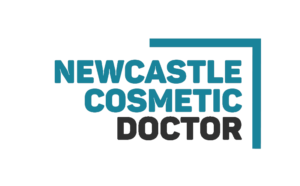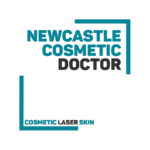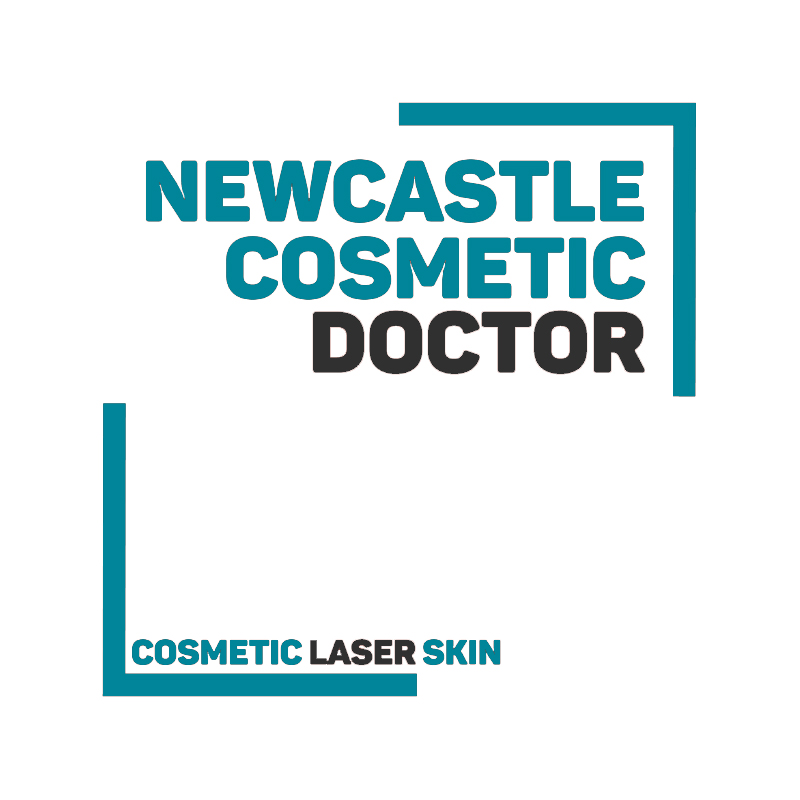#1: Bruising, Swelling & Injection Site Pain
Trauma to small vessels and tissue during injection. Common in anticoagulated patients or thin skin.
Signs: local erythema, swelling, bruising.
Prevention: avoid blood thinners where safe, apply cold pre/post, fine needle technique.
Treatment: cold compress 24h, then warm; Arnica/vitamin K creams optional. Self-limiting in 7–10 days. Documentation: record site, management, patient reassurance.1
#2: Headache & Flu-like Reactions
Cause: mild immune or neuromuscular response post-injection.
Signs: headache, fatigue, malaise within 48h.
Prevention: patient counselling.
Treatment: paracetamol/NSAIDs. Documentation: reassure, note in records.2
#3: Asymmetry / Suboptimal Effect
Cause: uneven dosing or placement, variable muscle anatomy.
Signs: asymmetrical movement, suboptimal cosmetic result.
Prevention: mapping, conservative dosing. Treatment: review at 2 weeks, corrective top-up if indicated. Documentation: photographs, dose/site record.3
#4: Ptosis (Eyelid or Brow Drop)
Cause: diffusion to levator palpebrae or frontalis.
Signs: eyelid droop, brow heaviness, onset 3–7 days.
Prevention: avoid injections <1 cm from supraorbital ridge, counsel not to rub.
Treatment: Apraclonidine 0.5% drops 2–3x/day; resolves 2–12 weeks.
Documentation: photograph, record dose, reassure, schedule review.4
#5: Smile Asymmetry / Functional Weakness
Cause: diffusion into perioral muscles.
Signs: uneven smile, speech/drinking difficulty.
Prevention: careful dosing near perioral muscles.
Treatment: usually resolves in 2–8 weeks. Supportive advice.
Documentation: record onset, advice, review planned.5
#6: Rare Systemic Reactions
Cause: toxin spread/systemic effect, allergy.
Signs: dysphagia, dysphonia, respiratory weakness, urticaria, anaphylaxis (very rare).
Prevention: thorough medical history, dose limits.
Treatment: mild systemic → refer GP/neurology; anaphylaxis → adrenaline IM, call 000, oxygen, airway support.
Documentation: record time, meds given, regulatory notification if severe.6
Sources
- Ahpra & National Boards (2025). Guidelines for practitioners performing non-surgical cosmetic procedures., viewed 7 October 2025, https://www.ahpra.gov.au/Resources/Cosmetic-surgery-hub/Cosmetic-procedure-guidelines.aspx ↩︎
- Therapeutic Goods Administration (TGA). Botulinum Toxin Product Information (Australia)., viewed 7 October 2025, https://www.ebs.tga.gov.au ↩︎
- Australasian College of Dermatologists (2024). Botulinum toxin complications., viewed 7 October 2025, https://www.dermcoll.edu.au ↩︎
- RACGP (2023). Adverse events in cosmetic procedures., viewed 7 October 2025, https://www.racgp.org.au/clinical-resources/clinical-guidelines/view-all-racgp-guidelines ↩︎
- TGA (2024). Apraclonidine Product Information., viewed 7 October 2025, https://www.ebs.tga.gov.au ↩︎
- Australasian College of Dermatologists (2024). Eyelid ptosis management in cosmetic dermatology., viewed 7 October 2025, https://www.dermcoll.edu.au ↩︎


